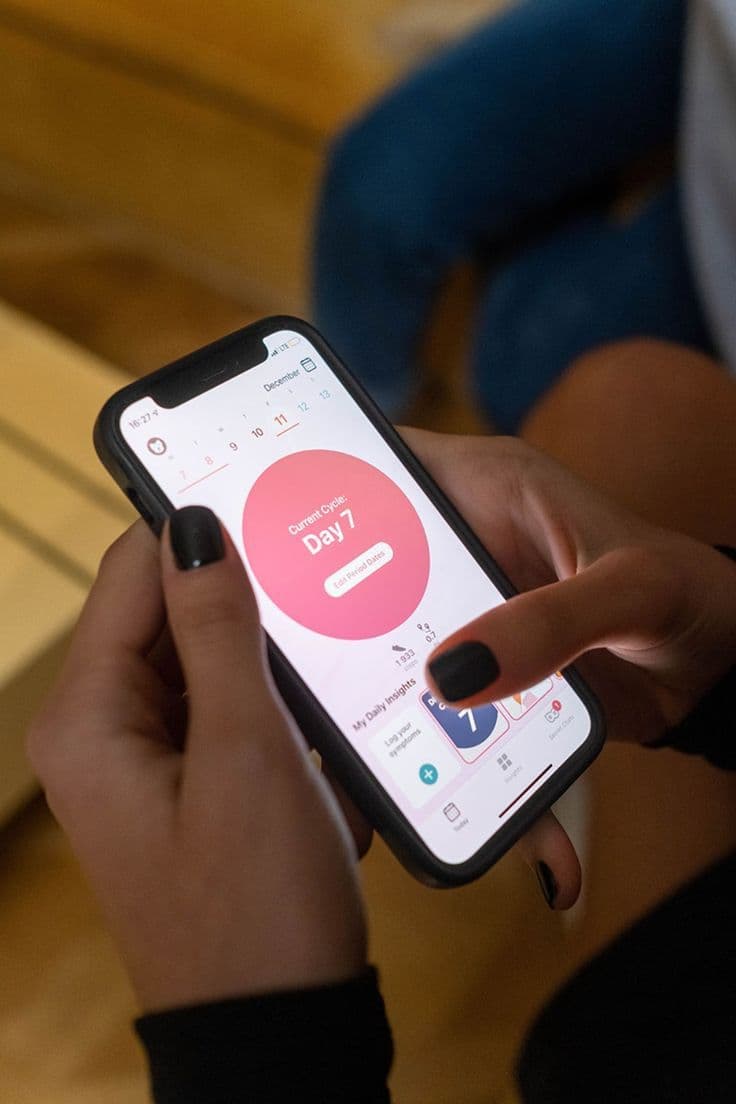
How to actually use Apple Health cycle tracking like a pro
8 sources
Listen to this article
You know that feeling when you set up cycle tracking with the best intentions, then weeks later realize you've been logging sporadically and your predictions are all over the place? We've all been there, gorgeous.
Here's the thing: Apple Health can be incredibly powerful for understanding your cycle patterns, but only if you know how to read between the lines and stay consistent. Let me break it down for you.
Understanding your app's predictions
Your fertility window and cycle predictions get smarter over time, but they're not crystal balls. Pay attention to the confidence levels Apple shows you. If you're seeing wide prediction ranges, your app is basically saying "I need more data, friend." This is especially true if you're coming off birth control or dealing with stress that's throwing your cycle off.
The sweet spot? After three months of consistent tracking, your predictions should feel much more accurate and supportive of your planning needs.
Patterns worth watching
Look for trends rather than obsessing over single cycles. Is your luteal phase consistently short (under 10 days)? Are your periods getting lighter or heavier over time? These patterns are gold when chatting with your healthcare provider.
Also notice how your symptoms cluster. Maybe you always get that nesting urge exactly 5 days before your period, or your energy crashes happen like clockwork. These personal patterns help you prepare and plan your month with more comfort.
Integrating with your whole health picture
This is where the magic happens. Connect your cycle data with sleep and activity metrics to see the bigger picture. You might discover you need gentler workouts during your luteal phase, or that your sleep quality dips right before your period.
Pro tip: Use the notes section to log things like work stress, travel, or major life events. These context clues help explain cycle irregularities later.
Your tracking game plan
Keep it simple: Log your period days religiously, add symptoms as you notice them, and if you're trying to conceive or want deeper insights, add basal body temperature. Set a daily reminder so it becomes as automatic as brushing your teeth.
Most importantly, bring your tracking data to healthcare appointments. Those colorful charts and trend lines give your provider incredible insight into your unique patterns, making conversations more productive and personalized.
Remember, this is about supporting your body's natural rhythms, not creating another item on your perfectionist checklist.



